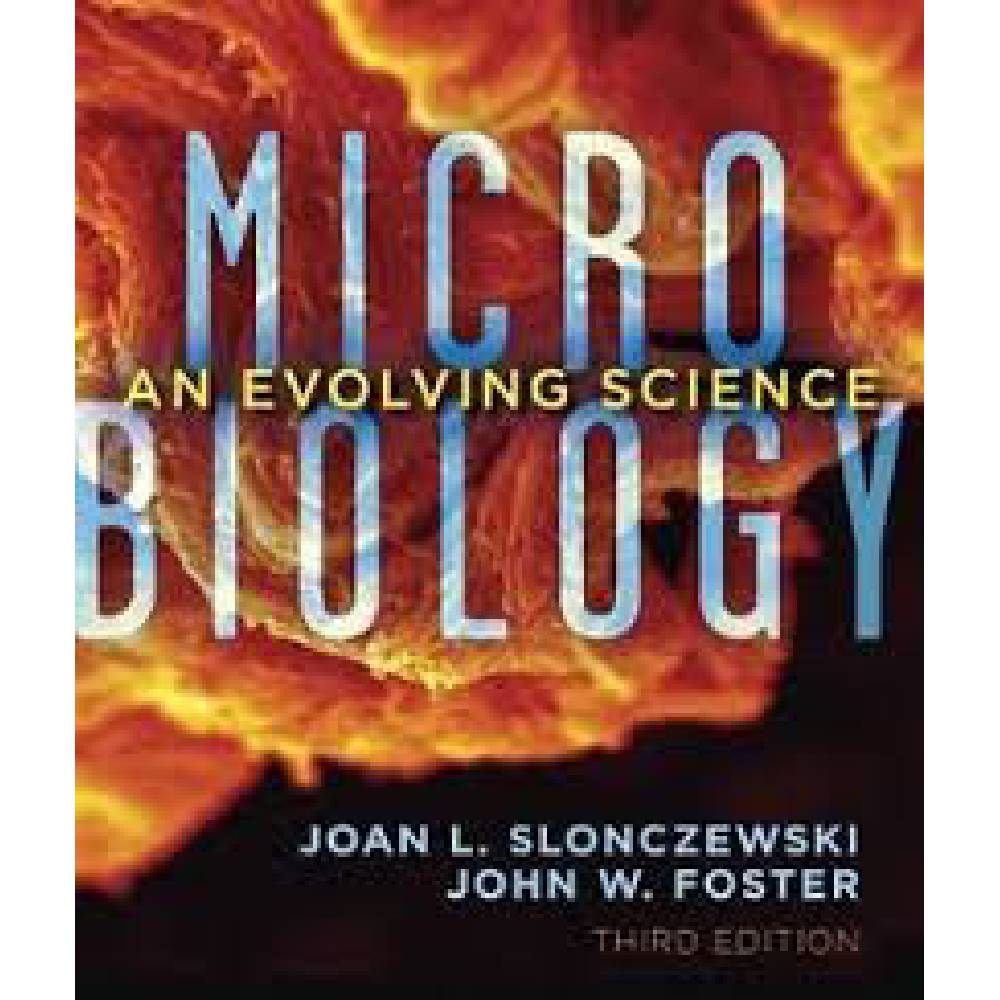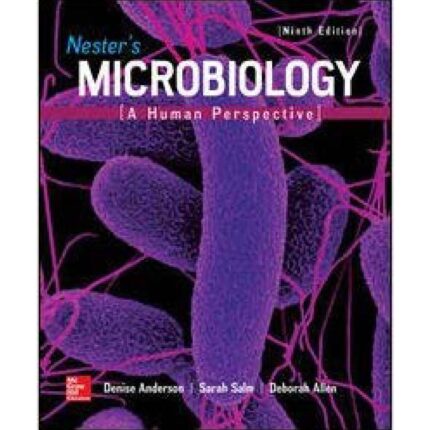CHAPTER 11: Viral Molecular Biology
MULTIPLE CHOICE
1. Which of the following statements does NOT describe the T4 infection?
a. Tail fibers of T4 contact the outer membrane.
b. The sheath contracts and the internal tube penetrates the outer membrane.
c. Only viral DNA is transferred into host cells.
d. T4 protein coats are absorbed into the host cells and degraded.
e. T4 utilizes host machineries for replication of viral genome and viral particles.
ANS: D DIF: Easy REF: 11.1 TOP: I.B | I.C
MSC: Remembering
2. Once T4 DNA has been injected into host cells, all of the following virus life cycle stages take place EXCEPT:
a. The early genes are transcribed and translated to proteins, including DNase to cleave host DNA.
b. T4 undergo lytic or lysogenic cycles depending on environmental factors.
c. Late in the T4 life cycle, phage-encoded lysozymes lyse the host cell, releasing about 200 phage particles.
d. T4 DNA undergoes rolling-circle replication generating a multigenome concatemer for packaging into viral heads.
e. T4 capsid assembles automatically in a predetermined order from part encoded by phage genes.
ANS: B DIF: Medium REF: 11.1 TOP: I.C | I.D
MSC: Remembering
3. T4 DNA is synthesized by which of the following mechanisms?
a. Bidirectional replication d. Rolling-circle replication
b. replication e. Okazaki semidissentious replication
c. Unidirectional replication
ANS: D DIF: Easy REF: 11.1 TOP: I.C.iii
MSC: Remembering
4. The __________ separation of early genes and late genes is common to the replicative cycles of many phages as well as viruses of eukaryotes.
a. spatial d. genetic
b. physical e. lytic
c. temporal
ANS: C DIF: Easy REF: 11.1 TOP: I.C.v
MSC: Remembering
5. Phage T4 genes are translated using host cell __________ and viral __________.
a. polymerases; ribosomes d. tRNA; polymerases
b. ribosomes; tRNA e. mRNA; tRNA
c. tRNA; ribosomes
ANS: B DIF: Medium REF: 11.1 TOP: I.C.v
MSC: Remembering
6. A cell infected with a bacteriophage T4 mutant in tail fiber assembly will accumulate:
a. individual heads and tails d. heads joined to tails
b. heads only e. protein subunits for all components
c. tails only
ANS: D DIF: Easy REF: 11.1 TOP: I.D
MSC: Remembering
7. Mutations that allow viruses to replicate under one set of conditions but not under another set of conditions are known as __________ mutations.
a. suppressor d. silent
b. lethal e. nonsense
c. conditional lethal
ANS: C DIF: Medium REF: 11.1 TOP: I.D.i
MSC: Remembering
8. Which of the following mutants provides the best tools to decipher the genetic pathways of cells?
a. point mutation mutants d. suppressor ribosome mutants
b. temperature-sensitive mutants e. RNA polymerase mutants
c. nonsense mutation mutants
ANS: B DIF: Medium REF: 11.1 TOP: I.D.i
MSC: Understanding
9. Hepatitis C virus belongs to the ___________ group.
a. orthomyxoviruses d. coronaviruses
b. togaviruses e. filoviruses
c. flaviviruses
ANS: C DIF: Easy REF: 11.2 TOP: II.A
MSC: Remembering
10. Which is the most important nonstructural protein of hepatitis C virus that functions in a host cell during viral replication?
a. NS2 d. NS5B
b. NS3 e. NS4B
c. NS4A
ANS: D DIF: Medium REF: 11.2 TOP: II.B.ii
MSC: Remembering













Reviews
There are no reviews yet.